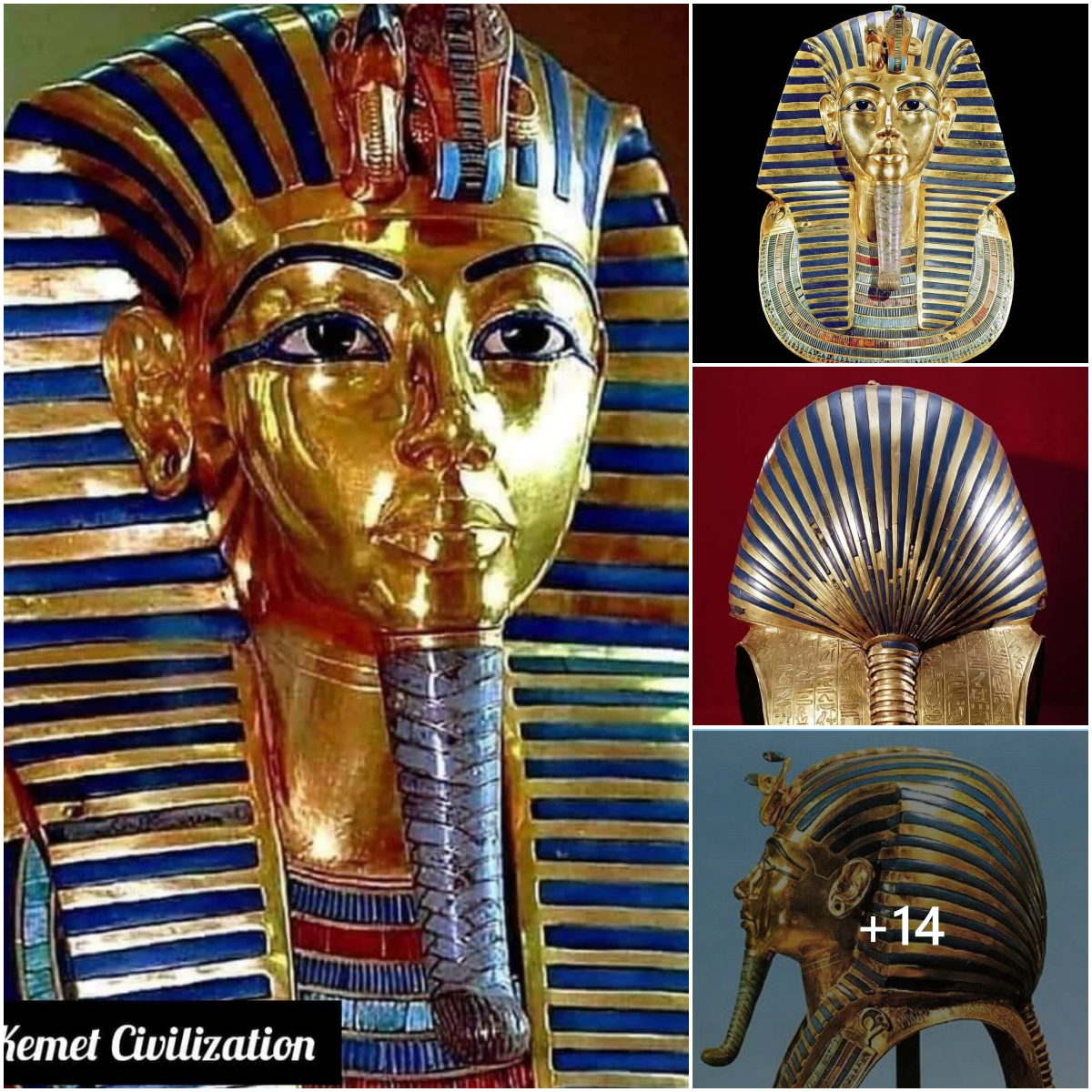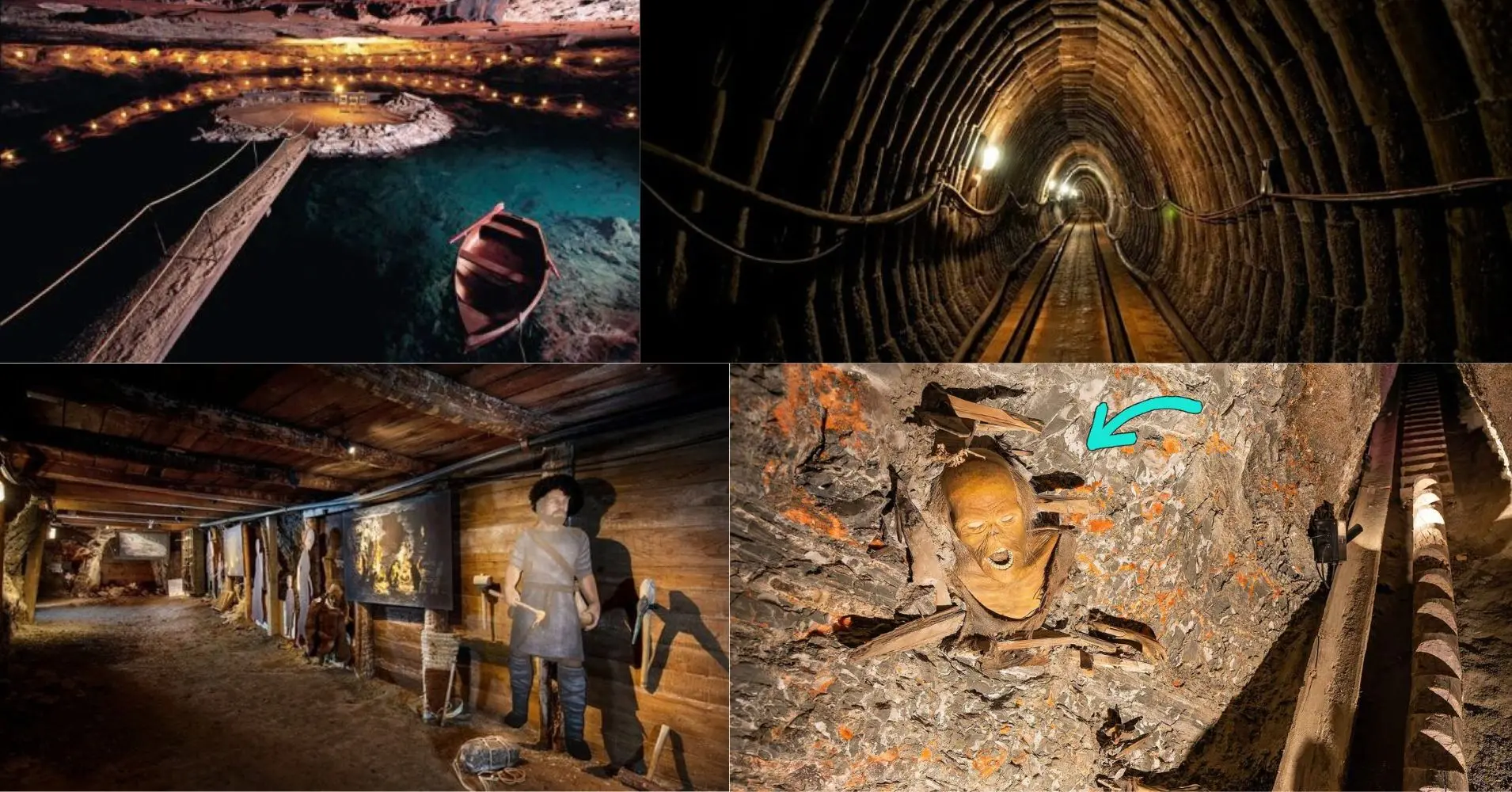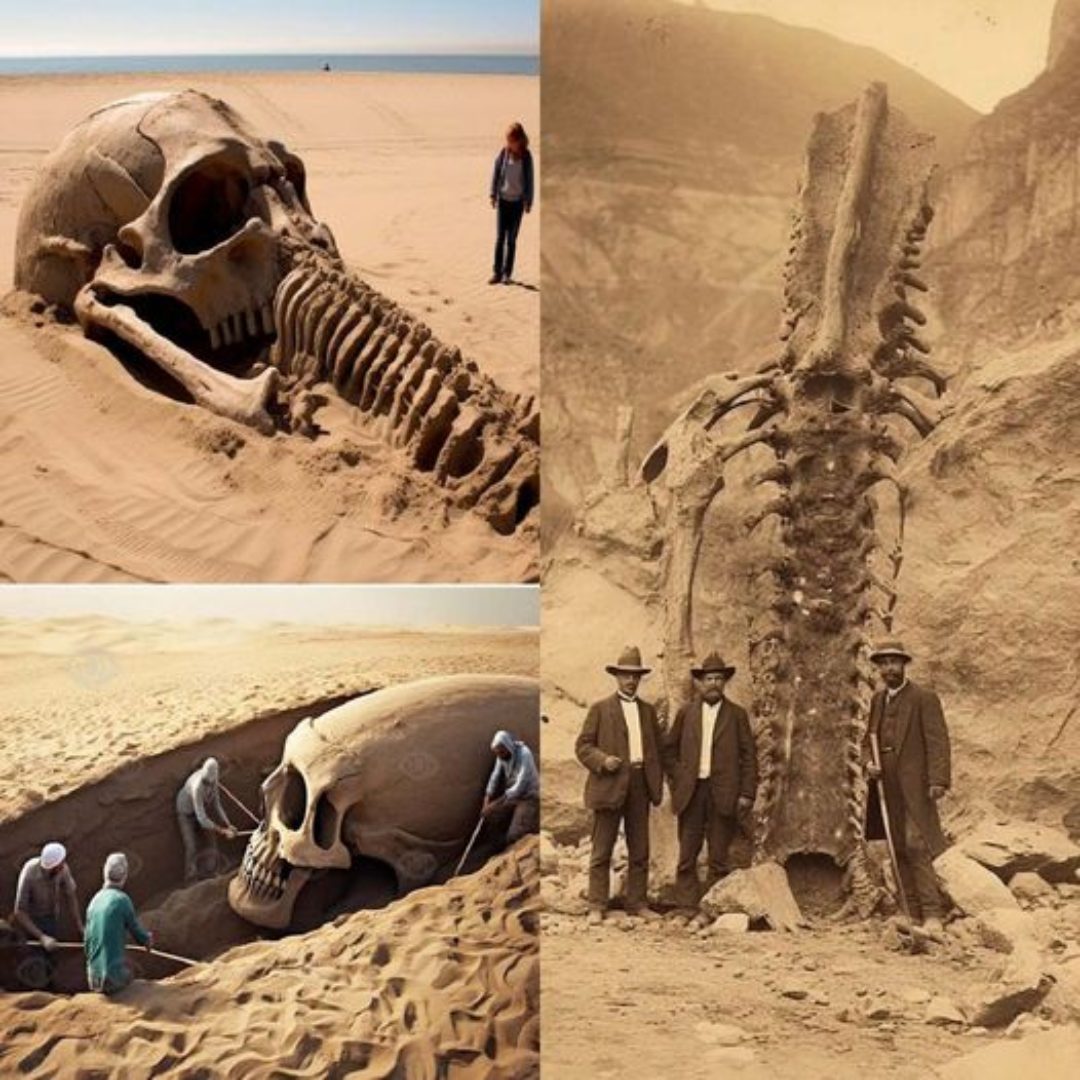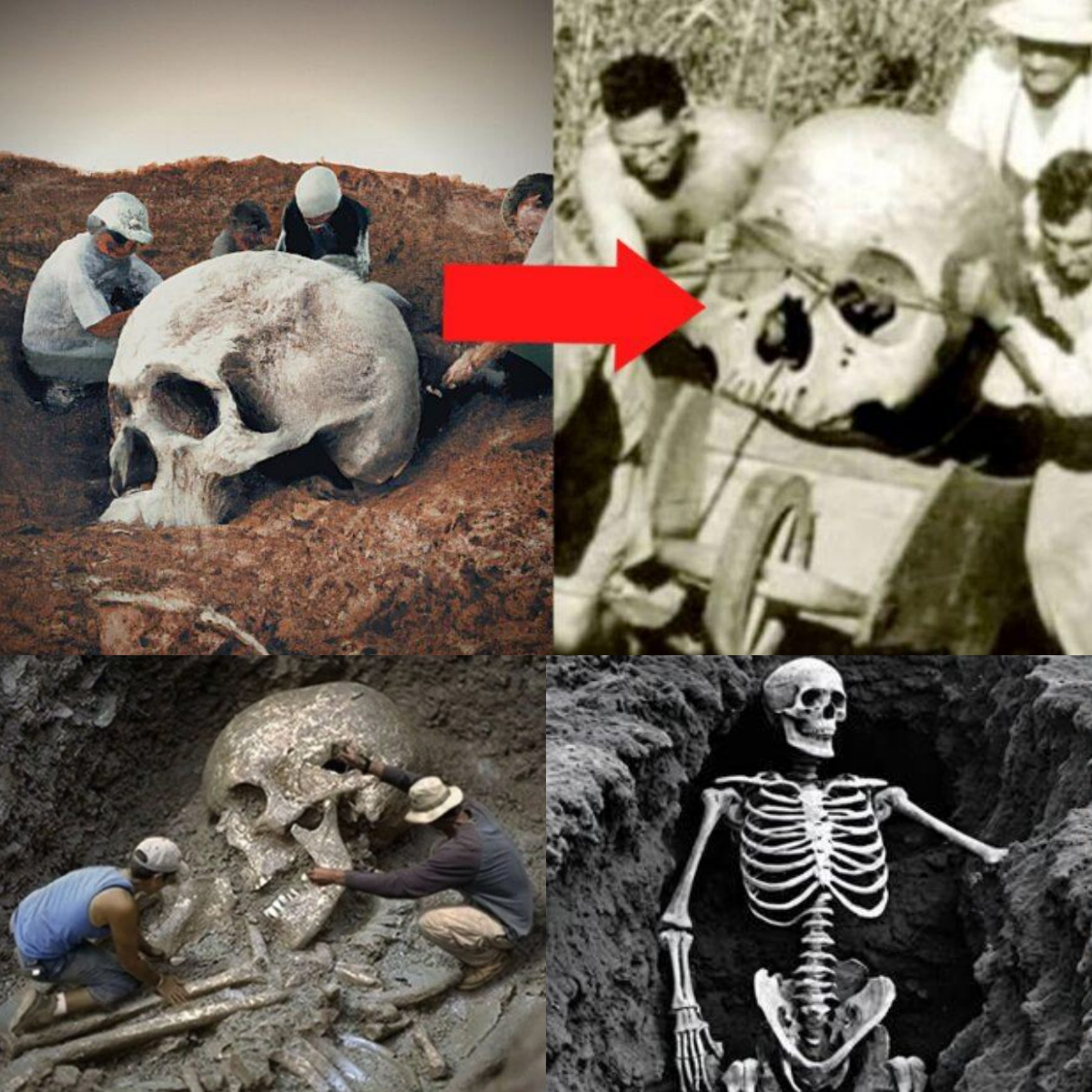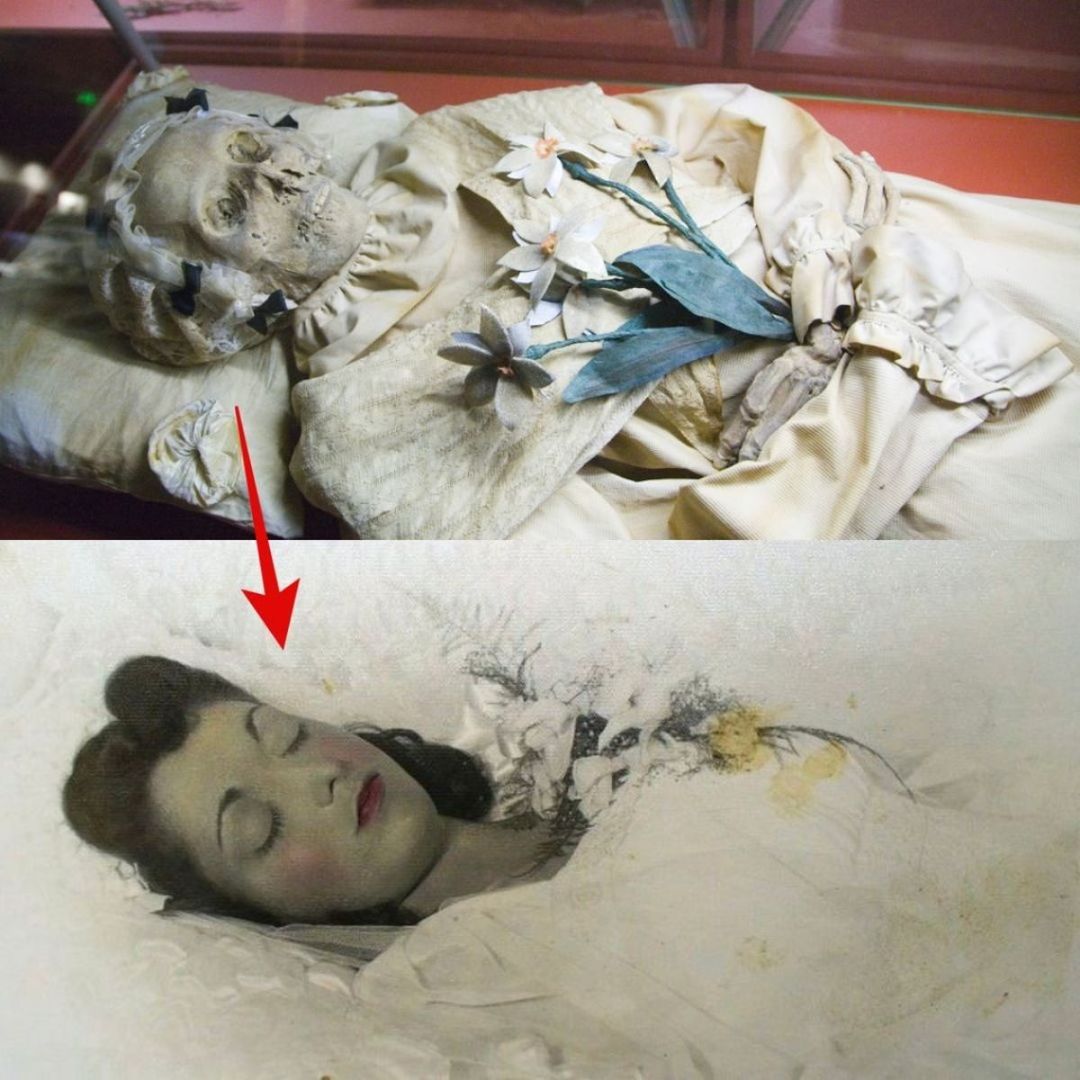Previously, to recover ancient DNA, scientists had to drill into a specimen’s teeth or bones – a process that can destroy “fragile” and sometimes irreplaceable specimens. And many times they don’t even have a specimen to drill. But now, they have found a way to recover high-quality ancient DNA from soil samples.

The method is considered a “major breakthrough” for the field of ancient DNA.
In the new study, molecular paleontologist Mikkel Winther Pedersen of the University of Copenhagen’s GLOBE Institute revisited the Chiquihuite cave in northern Mexico. Since 2012, he and his colleagues have discovered here stone tools dating back about 30,000 years, and are curious about the area’s non-human “residents”, such as ancient bears. The researchers took multiple sediment samples from different levels of the cave floor, and recovered DNA from 48 of the samples obtained.

A team member records where the group has collected sediment samples in the cave.
Instead of focusing on just getting mitotic DNA – the small amount of genetic material found in cells – like previous ancient DNA studies, Pedersen’s team sought to sequence all of the DNA in each sample. To do this, they used a technique that can decode billions of bases of DNA in just a few days and developed computer software to process and analyze all of that data. During the analysis phase, they compared the sequenced DNA fragments with the bear DNA already in the databases.
From mitochondrial DNA (which is only a small fraction of the amount of DNA in a cell), the researchers determined that the black bear (Ursus americanus) has lived in this cave area for a long time – at least 3,000 years .
Analysis of nuclear DNA (DNA located in the nucleus of an organism’s cell) is more complicated, as the bear genome is billions of bases long, and the best fragments that are preserved are only a few thousand bases. So the team put those fragments together and matched DNA derived from cave soil with existing bear DNA.
In the end, the team compiled the “raw” genomes of three black bears and one giant short-faced bear (Arctodus simus) – an extinct species discovered from fossils in Canada. . Pedersen calls the DNA the team sequenced “environmental genomes,” to distinguish them from the full genomes now commonly obtained from living microorganisms.
Researchers previously did not know how bears lived during the last ice age (110,000 to 10,000 years ago), and what happened to them when the planet warmed again. But by comparing the genomes of ancient black bears with those of fellow black bears from across North America, Pedersen and his colleagues found that, as the ice melted across North America, some black bears advanced as far north as Alaska. Others mate with black bears from the west, and their descendants later live in the American Southwest.

According to Pedersen, knowing the relationships between bears living in different places could be important to conservation efforts.
Not only providing insights into the history of the North American bear, the team’s publication in the journal Current Biology is “evidence of a new approach,” said Ron Pinhasi, a physical anthropologist at the journal Current Biology. University of Vienna, who has been studying ancient DNA for 10 years and is also sequencing the genome from the soil. “They introduce a way to analyze ancient DNA from environmental samples, similar to the way that is currently done for DNA from fossil remains.”
